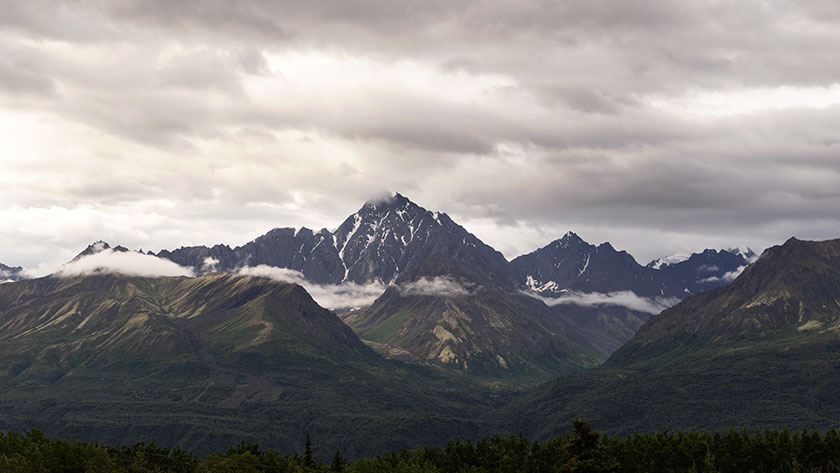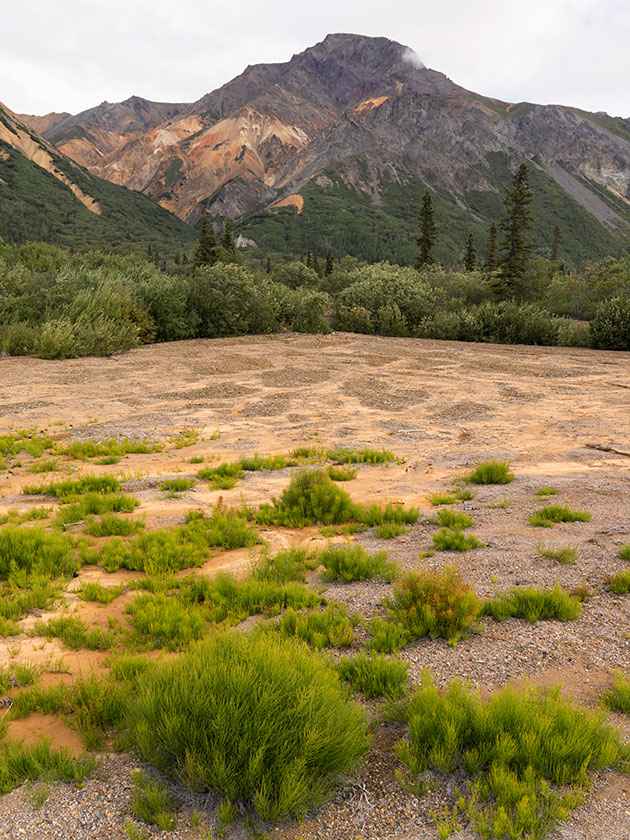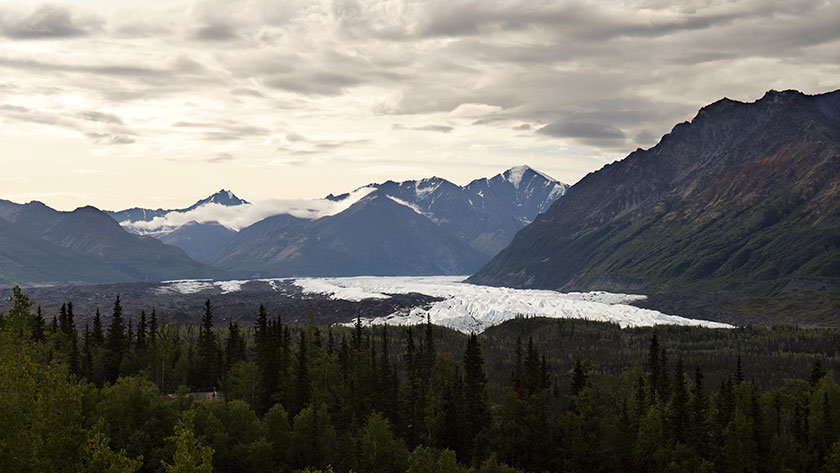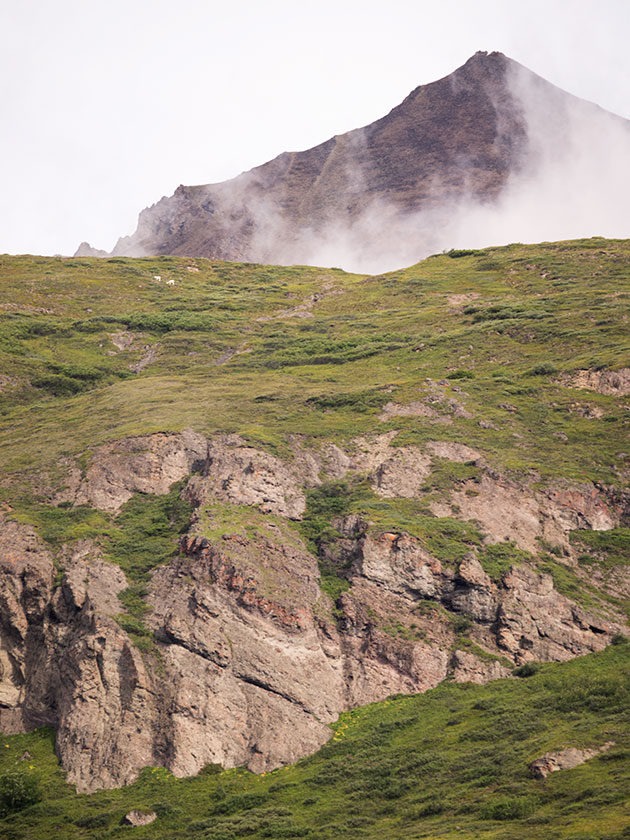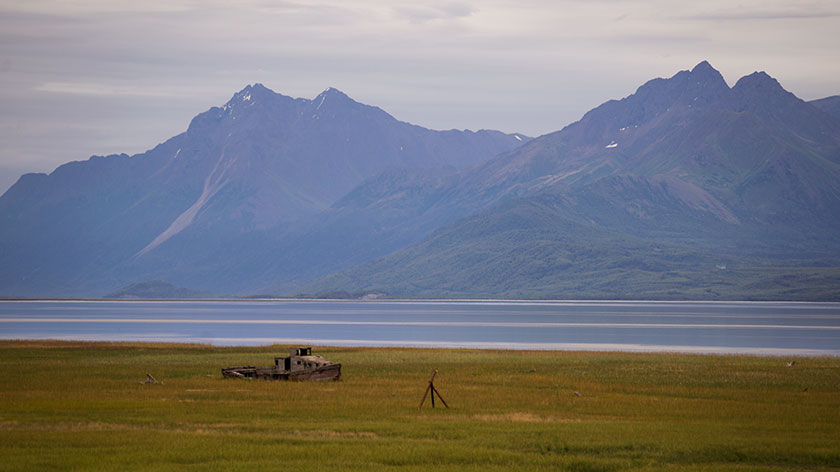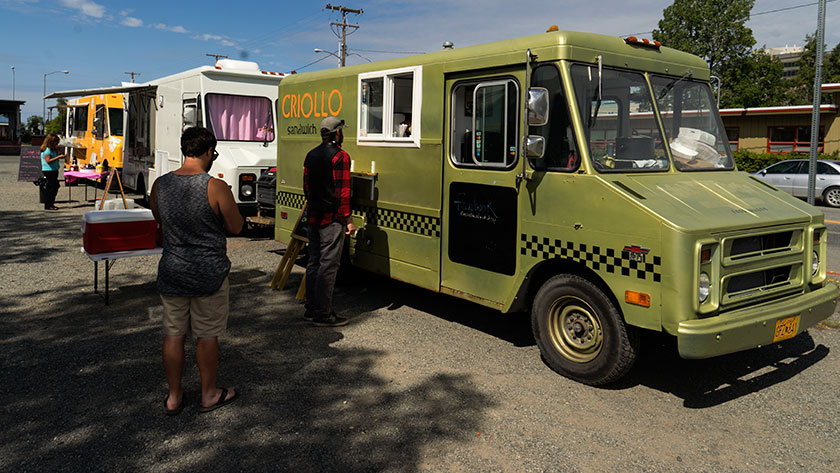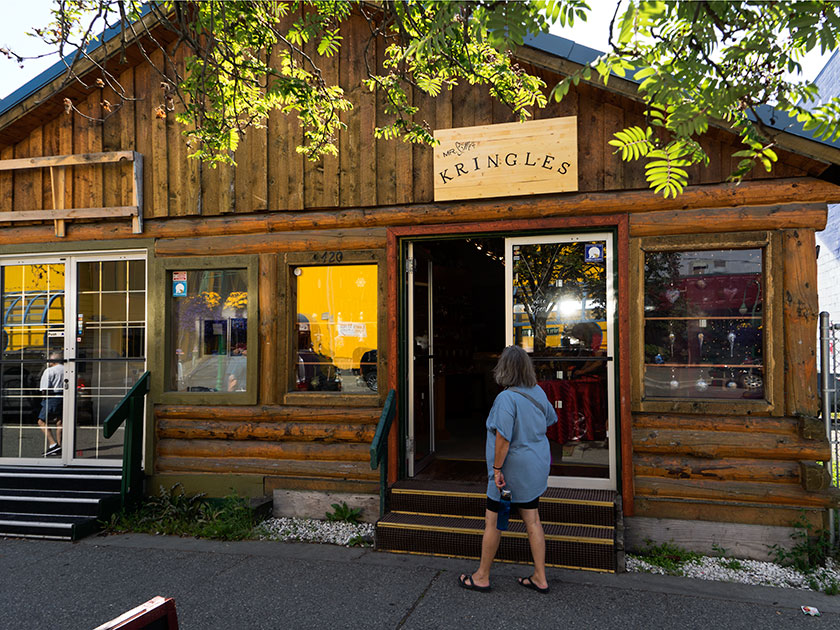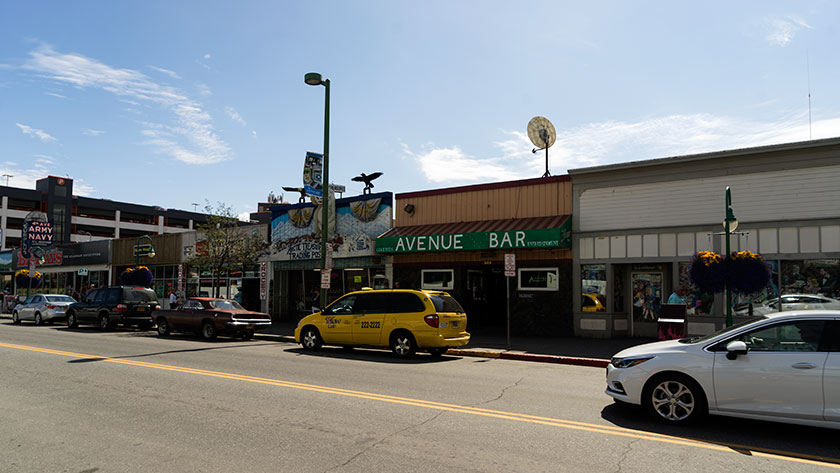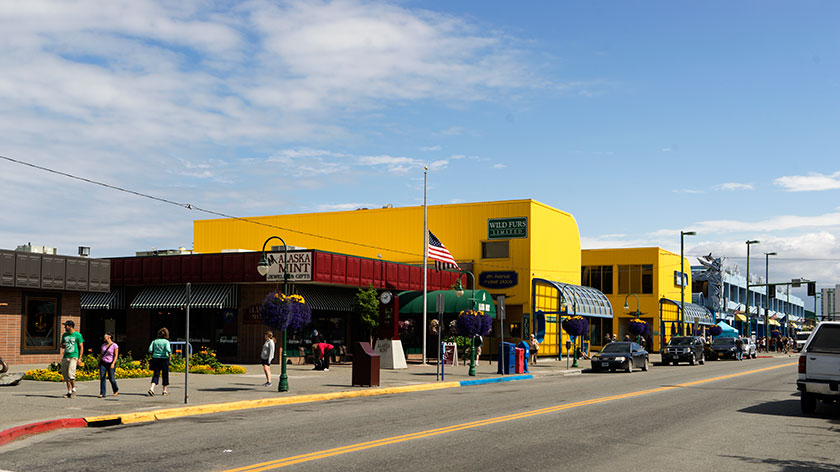If you ever fly into Alaska and rent a car or motor-home, there will be a clause on your contract that forbids you from driving on certain roads. The first is the Dalton Road to Prudhoe Bay, the second is the road to Chicken, and the most notorious is the McCarthy Road, and it’s infamous for a good reason. The builders never meant it to be a road.
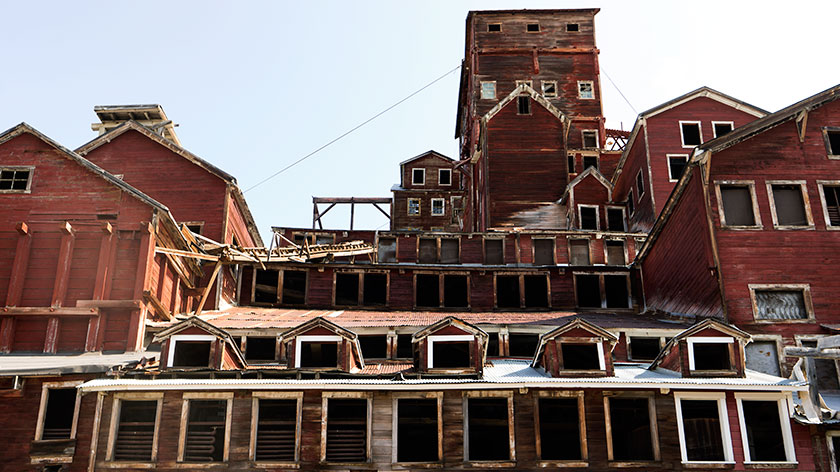
In 1900, two independent prospectors discovered a large copper deposit on the mountain above the Kennicott glacier, later tagged as the Bonanza Hills. Much political wrangling went on over the next ten years, and investors formed a publicly-traded company, except the person filing the papers misspelled the glacier’s name. Today, if you’re talking about the glacier below the mine, it’s spelled, Kennicott. Otherwise, anything to do with the mine is Kennecott. I’m glad to find out that I’m not the only one who flunked spelling classes.
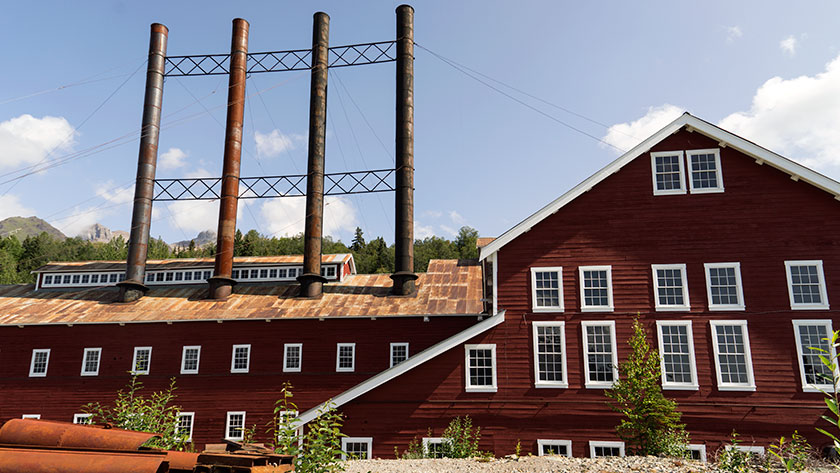
Getting back to the road, the company needed a way to get ore down to the Cordova port. Like any good corporation, they started another corporation to build a railroad and named it the Copper River & Northwest Railroad (CR&NW). Detractors used the initials to call the investment “Can’t Run & Never Will Railroad.” However, the scheme worked and ran successfully for twenty years before copper prices plummeted, and in the thirties, the company closed the mines.
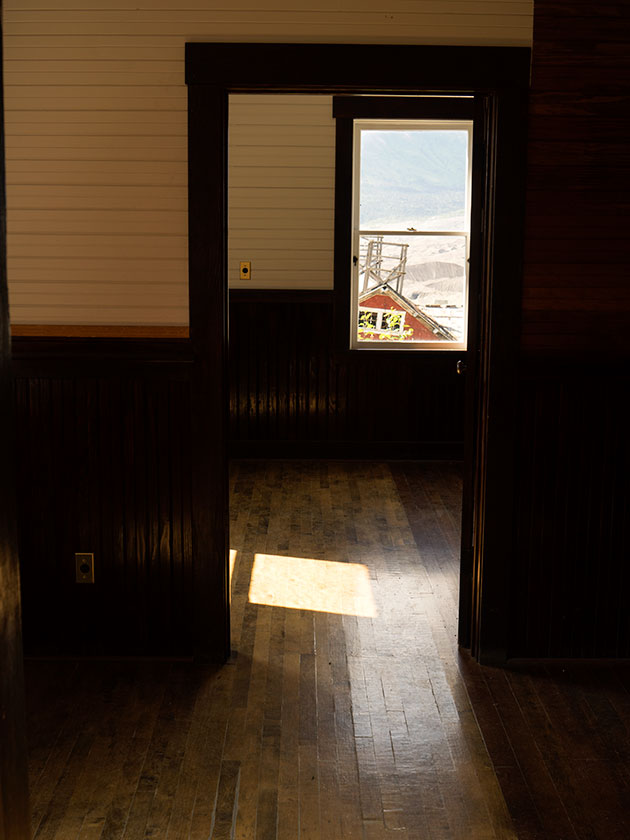
Years pass, and someone salvaged the rails from the track, but there’s still a historic old mining site upriver from Chitina that could draw tourists. So, some brilliant entrepreneur dumps gravel over the ties, and that becomes the McCarthy Road. During its early years, the discarded spikes tore up a lot of tires. Since those are collector’s items now, they’re not as big of a problem. The road covers sixty miles and, on a good day, takes two to three hours to travel.
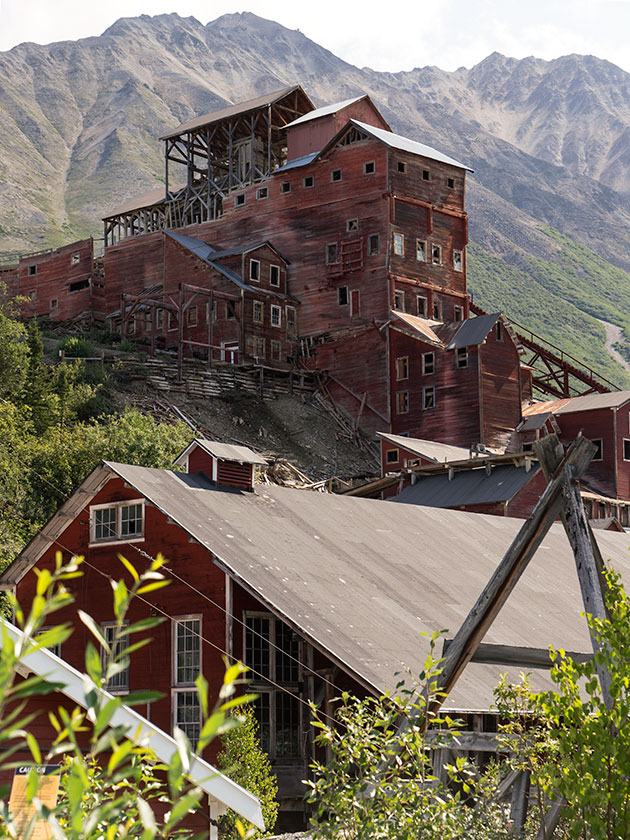
The problem now is that engineers never built the road for automotive traffic. The road is not maintained well, so it is full of ruts and potholes; there is a frequent blockage due to rocks and mudslides, there are no shoulders, and the road runs through bogs. The road is essentially one lane wide, so cars passing need to give way. This year alone, there have been two incidents where a motor-home has pulled over to the ‘should have been a’ shoulder and needed rescue. Last week, one just flopped over on its side, and on my trip, we called a hook for one listing thirty degrees.
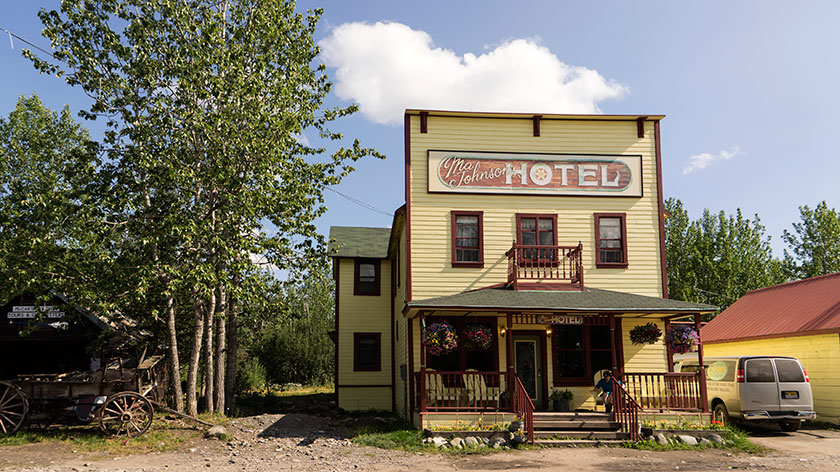
OK, I cheated. I hitched a ride on the scheduled shuttle bus. It cost a lot less than calling a tow truck and the wear and tear on Fritz. Even though I thought the Chicken Road was worse in hindsight, I still felt it was the better choice. I only had enough time to work before the return bus and couldn’t hang around for the perfect light. Unless you want to pay $250.00 for the private bridge across the Kennicott river, you have to walk or take the shuttle up the four and a half miles to Kennecott anyway.
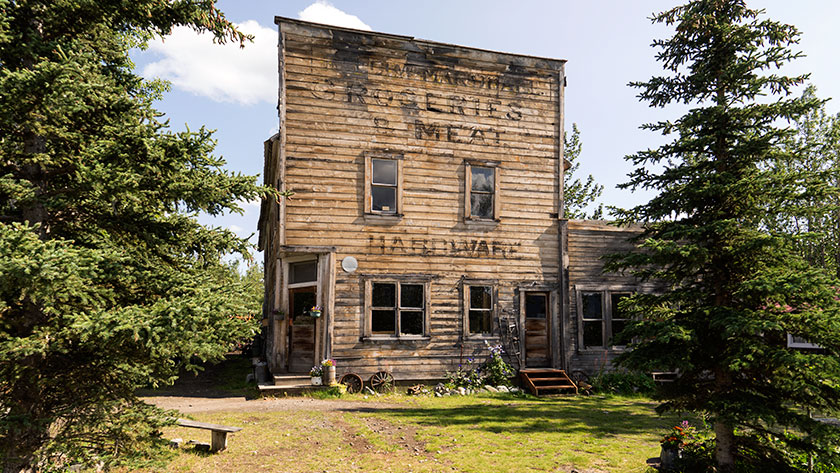
If I were to make the trip again, I would consider paying another hundred dollars to McCarthy Air and flying from Glennallen to McCarthy. Then I wouldn’t even need to walk over the footbridge the park service built. To land at the McCarthy’s gravel field, you have to circle a couple of the mountains and come in over the glacier. That would be cool.
jw

